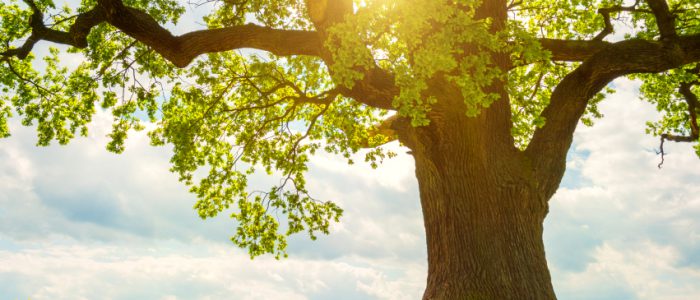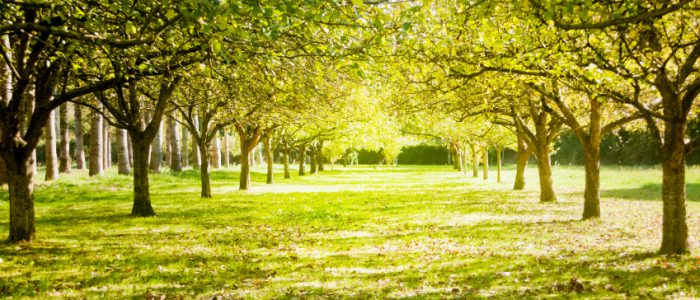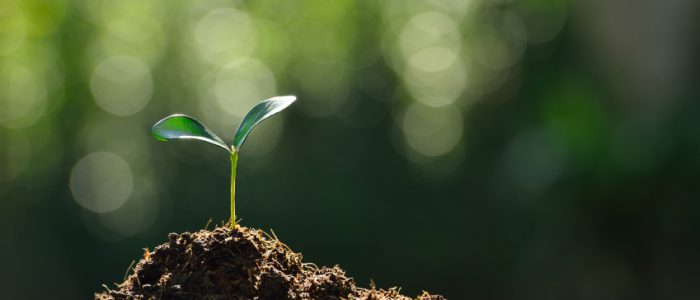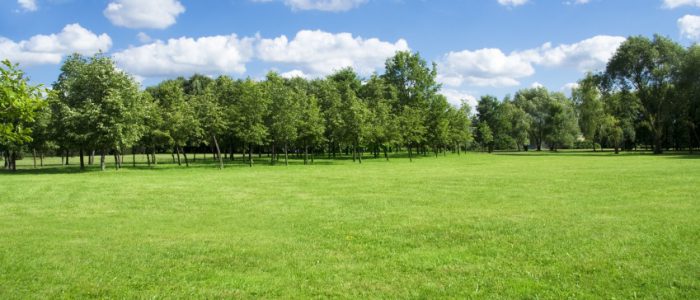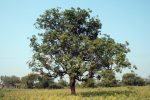Tree diversity
Tree diversity
Trees are living things. They cannot talk, they do not see or feel things the way we do, neither do they breathe like we do. But they are alive, and they grow. Not only do they grow, they evolve, learn and react to different circumstances. Trees are intelligent beings – several scientific studies have shown that even the most primitive plants react differently to music, for example. Trees are plants, but with a million years of evolution behind them. If some trees could talk, they would tell us about everything from Jesus and Cesar to Shakespeare and Robin Hood. Yes, some trees are several thousand years old.
 The source of life
The source of life
We live on an extremely diverse planet, and there is good evolutionary reason for such a range of diversity. Diversity makes for a robust and healthy ecosystem. Trees, for instance, have developed to fit their surroundings, that is why you see so many unique species around the globe. Many tree species provide a habitat for certain fungi or insects, and should these tree species disappear, that would also mean the disappearance of all the life forms that depend on that particular species. This would, in turn, affect other wildlife that depend on those life forms. Different tree species also provide different benefits. Birch trees, for example, store higher amounts of carbon while a forest rich in pine trees produces more berries
Trees evolve very fast, and science has noticed some tree species that only need one generation in order to change their genetics. If one generation experiences severe drought, for example, and a lot of the trees die out, the remaining trees will produce offspring that is better accustomed to drought and long periods of time without water. That is how the trees work, and this once again proves that they are living things. Living things that need to be treated with respect and care.

